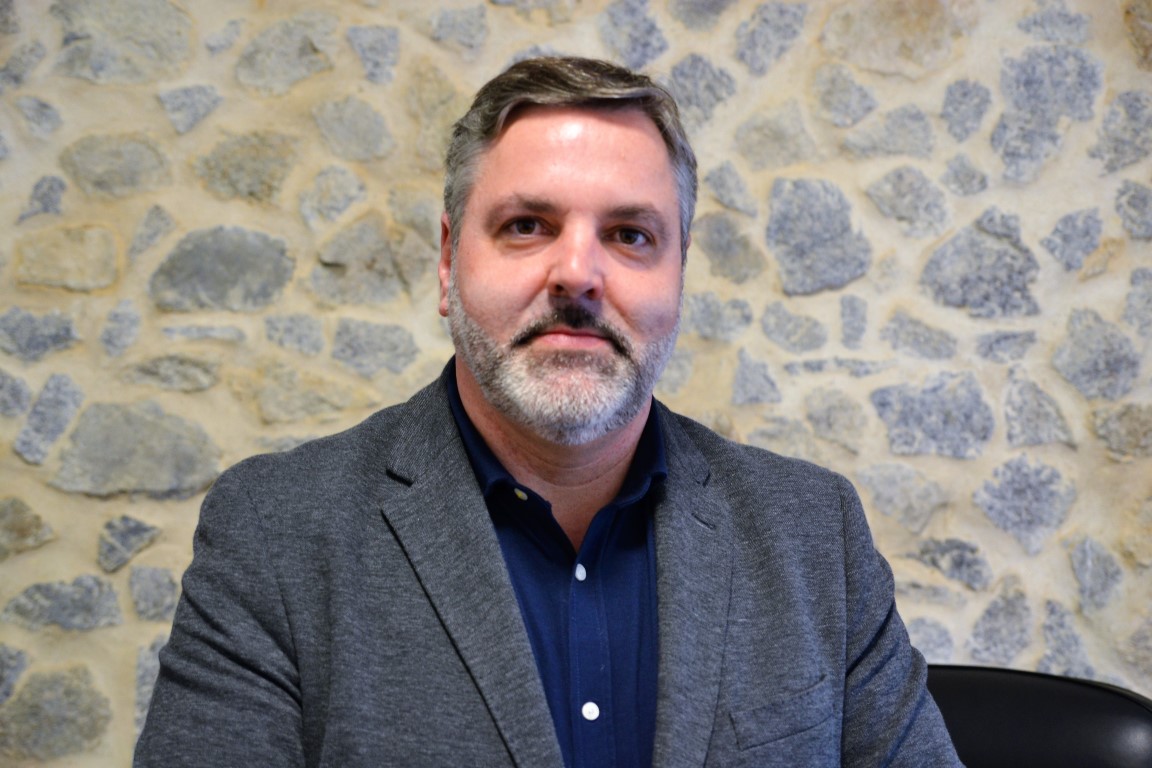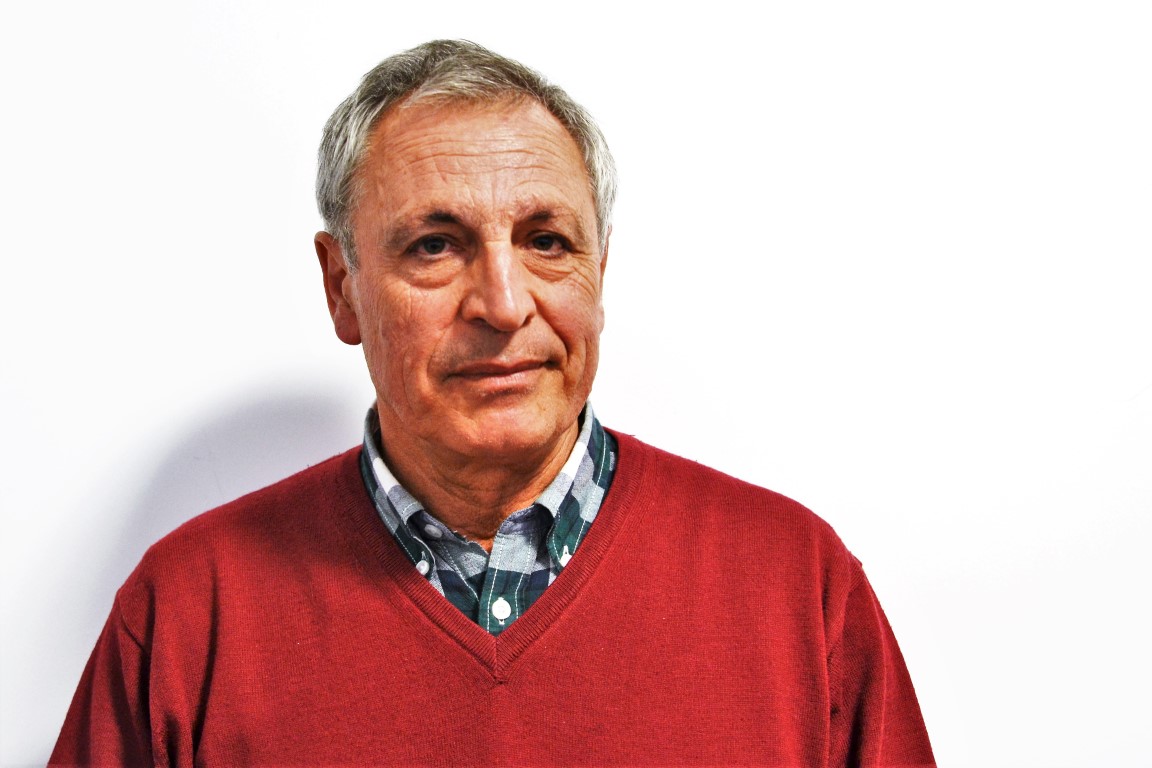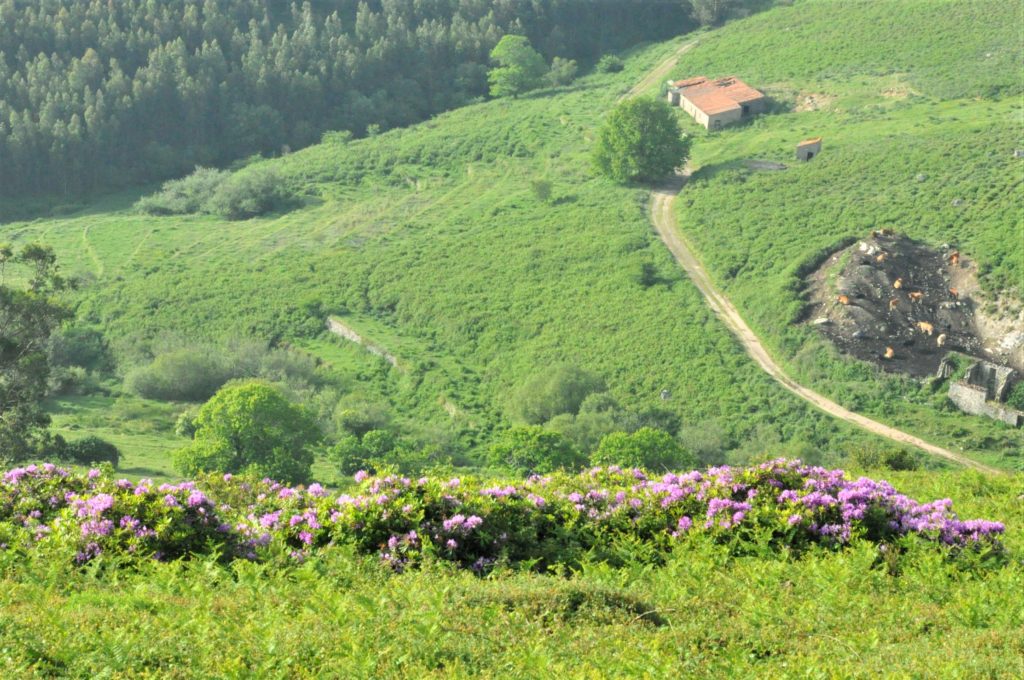Fóia will have a walkway and a signposted route so that the adelfeiras (rhododendrons) can be contemplated. This will be one of the most visible faces of the LIFE Relict project, which aims to recover and preserve a habitat that has been a "relict" and a true "testimony of the Tertiary", for 20 million years.
Rui André, Mayor of Monchique, is enthusiastic about the project, which is being coordinated by the University of Évora and which also involves the Municipality of Seia, a local development association (ADRUSE) and a Spanish research center (CICYTEX) .
The mayor explains to the Sul Informação that Monchique has «unique climatic conditions for the production of this plant and, in Monchique, it is a local ex-libris. Adelfeira is a reason for literary and poetry production. Adelfeira is part of the local imaginary and our aim with the project is to ensure that the habitats in the Fóia area will be guaranteed for the future. On the other hand, we hope that it can be another tourist attraction in that area, which is already one of the most visited in the Algarve».

According to Rui André, in addition to the increase «in the number of plants in Fóia, a wooden walkway is planned, to allow visitation without harming the habitat». The bridge «is planned for next year. This year, we will be more dedicated to plant reproduction».
Carlos Pinto Gomes, researcher at the University of Évora responsible for the project, explained to Sul Informação that LIFE Relict «has as its main objective the recovery and enhancement of a habitat that is relict, which is a true testimony of the Tertiary and which we call continental laurel forest».
The researcher says that “there is the idea that the laurel forest only exists in the Azores and Madeira, but we also have it here. The problem is that our laurel forest, due to climatic constraints and territorial management, is threatened. That's what led us to think about how we could recover».
In the case of Monchique, the objective is to “recover the rhododendrons or, as they say here, the adelfais or adelfeirais”, with a financed project, which is worth around 1,8 million euros. LIFE Relict started in October 2017 and will continue until October 2022.
According to Carlos Pinto Gomes, “we want to demonstrate how the situation from an unfavorable state of this habitat can be reversed, to a favorable state in terms of conservation. It has been a huge effort, but the Monchique City Council has always been very receptive».
Since this is an unprecedented project, “there were some problems, notably with regeneration. There was no protocol as to how best to germinate the plants, maintain or fortify them. Fortunately, we are already past that stage. All the bibliography that existed indicated that there were problems with regeneration, but nobody knew why. Now, we have managed to overcome this obstacle and it is something we want to patent, explaining the steps that must be taken so that a nursery can multiply the plant without constraints».

Once the plant has germinated, the next step is its reintroduction into the habitat and, says Carlos Pinto Gomes, “some specimens have already been planted. Forest sappers have been managing the heliophilous weeds and this is helping the habitat and preventing forest fires».
The project also encompasses dissemination actions under the responsibility of the Monchique Chamber. “Inquiries were carried out to find out what people thought, what they knew about the project, the habitat and the plant. Now, we want to sensitize the local population as much as possible, then also the schools and, at a scientific level, we are making several publications», explains the researcher.
The balance of the project so far is positive and “we want these actions to be replicated in the neighboring municipality of Aljezur, which also has the same type of training”.
Regarding the route and walkway, the researcher who is coordinating the project says that “the creation of a certified environmental route is planned, mainly in the Fóia area, from which several pedestrian routes leave, with information panels that draw attention to these values, this habitat and, of course, with supporting information».
«People often go to Madeira, the Azores or the Canary Islands to see the laurel forest. But it is not necessary, just come to Monchique», he concludes.



















Comments